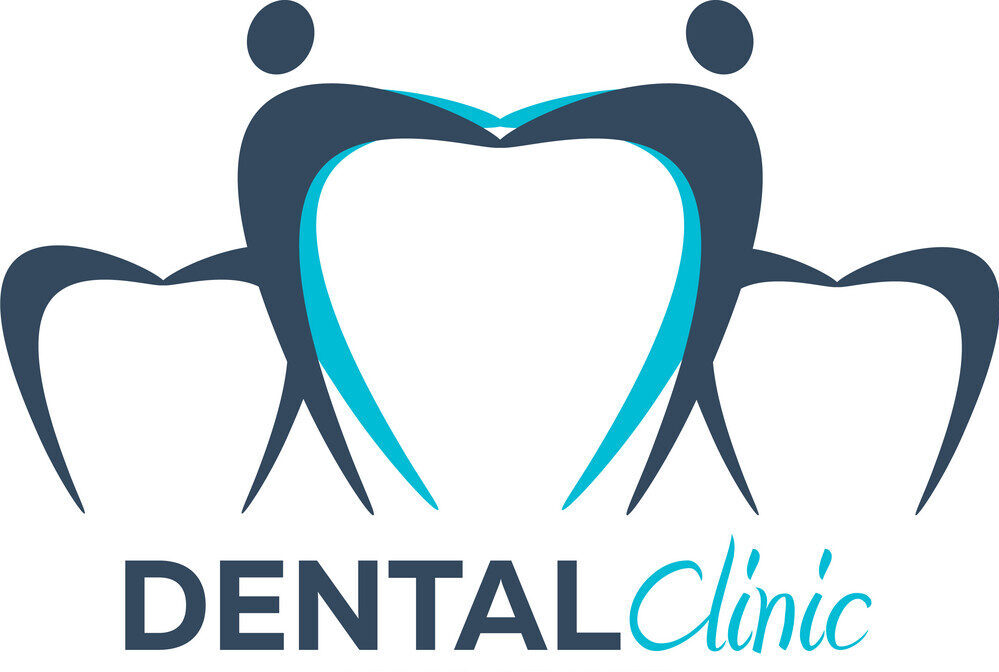Here is the list of the Top Cosmetic Dentists in Utah city, USA.
Utah
Utah
Utah
Utah
Utah
Oklahoma
Ohio
New Mexico
Idaho
Arizona
Alaska
San Jose
What are the three major Dental Problems?
Dental health is a critical aspect of overall well-being, and various issues can affect the teeth and gums. Among these, three major dental problems stand out due to their prevalence and potential impact on health: tooth decay, gum disease, and tooth sensitivity. This article will explore these conditions in detail, discussing their causes, symptoms, treatments, and preventive measures.
Tooth Decay
Tooth decay, also known as dental caries or cavities, is the most common dental problem worldwide. It occurs when acids produced by bacteria in the mouth erode the enamel, leading to the formation of cavities.
Causes
- Bacterial Plaque: The primary cause of tooth decay is the accumulation of plaque, a sticky film of bacteria that forms on teeth. When individuals consume sugary or starchy foods, these bacteria produce acids that attack tooth enamel.
- Diet: A diet high in sugar and carbohydrates significantly increases the risk of developing cavities.
- Poor Oral Hygiene: Infrequent brushing and flossing allow plaque to build up, leading to decay.
Symptoms
- Toothache: Pain can occur when eating or drinking hot, cold, or sweet foods.
- Visible Holes: Cavities may manifest as dark spots or holes in the teeth.
- Bad Breath: Persistent bad breath can indicate decay.
Treatment
- Fluoride Treatments: Early-stage decay can often be reversed with fluoride treatments that help remineralize enamel.
- Fillings: Cavities require fillings to restore tooth structure.
- Crowns: Advanced decay may necessitate a crown to protect the tooth.
Prevention
- Regular Brushing and Flossing: Maintaining good oral hygiene is crucial.
- Dietary Choices: Limiting sugary snacks and beverages can help prevent decay.
- Regular Dental Check-ups: Professional cleanings and examinations can catch problems early.
Gum Disease
Gum disease, or periodontal disease, encompasses a range of inflammatory conditions affecting the tissues surrounding the teeth. It primarily includes gingivitis and periodontitis.
Causes
- Plaque Buildup: Similar to tooth decay, gum disease starts with plaque accumulation that irritates the gums.
- Smoking: Tobacco use significantly increases the risk of gum disease.
- Medical Conditions: Conditions like diabetes can exacerbate gum problems.
Symptoms
- Swollen Gums: Gums may appear red and swollen and may bleed during brushing.
- Bad Breath: Chronic bad breath can be a sign of gum disease.
- Loose Teeth: In advanced stages, teeth may become loose due to bone loss.
Treatment
- Professional Cleaning: Dentists perform deep cleaning to remove plaque and tartar buildup.
- Antibiotics: In some cases, antibiotics may be prescribed to control infection.
- Surgery: Severe cases may require surgical intervention to restore gum health.
Prevention
- Good Oral Hygiene: Regular brushing and flossing are essential.
- Quit Smoking: Stopping tobacco use can improve gum health significantly.
- Regular Dental Visits: Routine check-ups help monitor gum health.
Tooth Sensitivity
Tooth sensitivity is characterized by discomfort or pain in one or more teeth when exposed to certain stimuli such as hot or cold temperatures.
Causes
- Enamel Erosion: Loss of enamel exposes the underlying dentin, which contains nerve endings sensitive to temperature changes.
- Gum Recession: Receding gums expose tooth roots that are not covered by enamel.
- Dental Procedures: Recent dental work can temporarily increase sensitivity.
Symptoms
- Sharp Pain: A sudden sharp pain when consuming hot or cold foods/drinks.
- Discomfort from Sweet Foods: Sensitivity may also occur with sugary items.
Treatment
- Desensitizing Toothpaste: These products contain compounds that help block sensation from reaching nerves.
- Fluoride Gel Application: Dentists may apply fluoride gels to strengthen enamel and reduce sensitivity.
- Dental Sealants: Sealants can protect exposed dentin from stimuli.
Prevention
- Gentle Brushing Techniques: Avoid aggressive brushing that can wear down enamel.
- Use Soft-Bristled Toothbrushes: These are less abrasive on teeth and gums.
Summary Table of Major Dental Problems
| Dental Problem | Description | Common Treatments | Prevention Strategies |
|---|---|---|---|
| Tooth Decay | Breakdown of enamel due to acid production | Fillings, fluoride treatments | Good oral hygiene, low-sugar diet |
| Gum Disease | Inflammation of gums due to plaque buildup | Deep cleaning, antibiotics | Regular dental visits, quit smoking |
| Tooth Sensitivity | Discomfort from hot/cold stimuli | Desensitizing toothpaste, fluoride | Gentle brushing, soft-bristled brushes |
For more detailed information about tooth decay, you can visit Wikipedia or explore resources from CDC.
FAQ Section
What is tooth decay?
Tooth decay is damage to a tooth’s surface caused by acids produced by bacteria. It leads to cavities if untreated.
How can I prevent gum disease?
Preventing gum disease involves maintaining good oral hygiene through regular brushing and flossing, avoiding tobacco products, and scheduling routine dental check-ups.
What causes tooth sensitivity?
Tooth sensitivity is often caused by enamel erosion or gum recession that exposes sensitive areas of the teeth.
Can tooth sensitivity be treated?
Yes, treatments include desensitizing toothpaste and fluoride applications. In severe cases, dental procedures may be necessary.
When should I see a dentist for these problems?
You should see a dentist if you experience persistent pain, bleeding gums, or any significant changes in your oral health. Regular check-ups are recommended even without symptoms for early detection and prevention.
This comprehensive overview highlights the importance of understanding these major dental problems for better oral health management.

